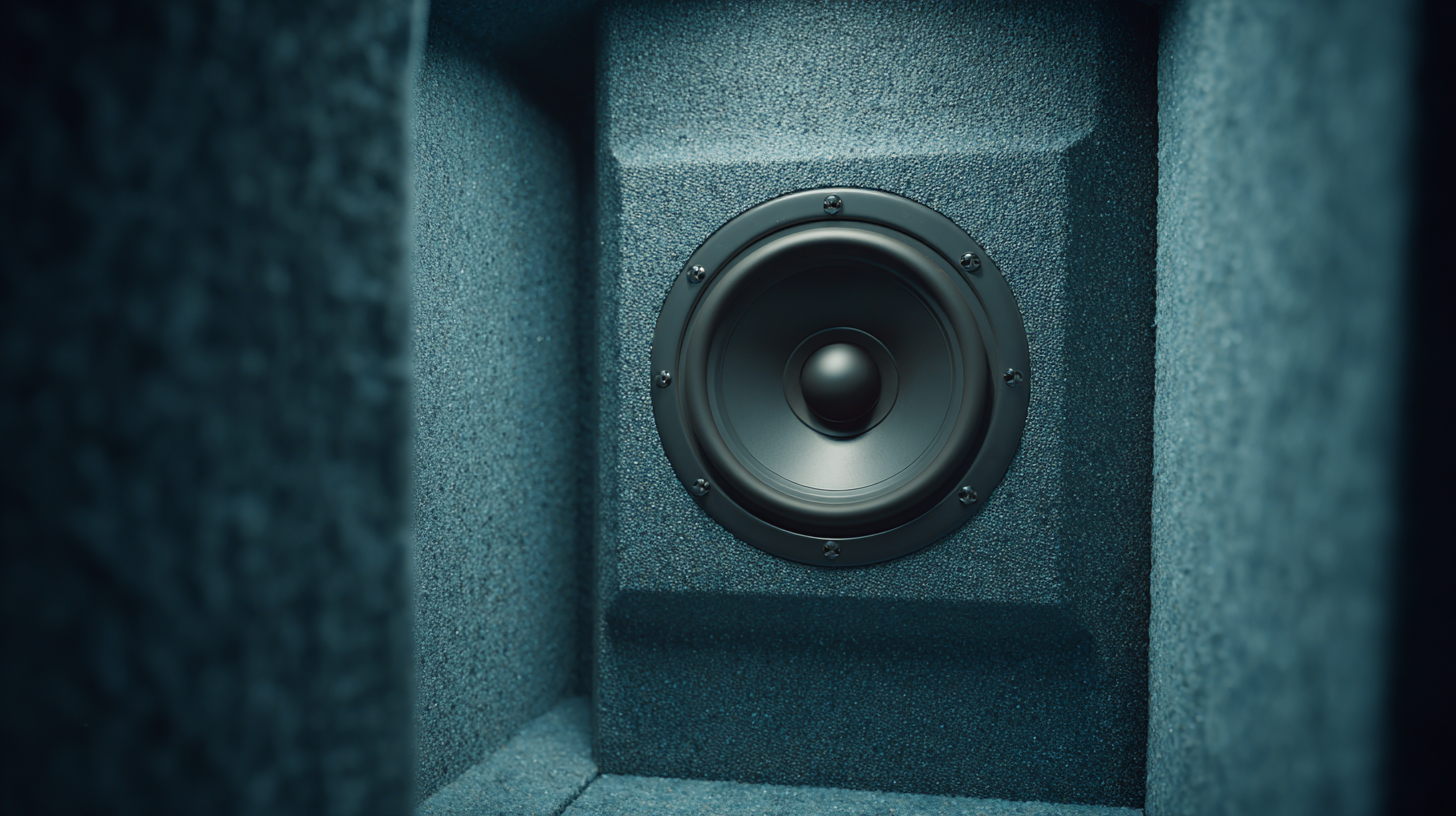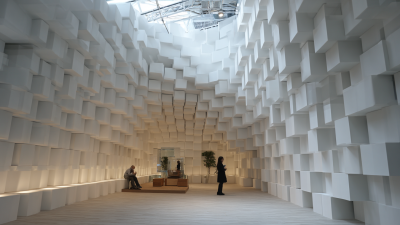In an increasingly noisy world, the quest for tranquility within our living spaces has become more pressing than ever. According to the World Health Organization, noise pollution is responsible for numerous health issues, including sleep disturbances and increased stress levels, impacting nearly 40% of the urban population worldwide. Sound dampening techniques have emerged as effective solutions to mitigate these effects, enabling individuals to create quieter environments conducive to relaxation and well-being. Notably, a study by the Acoustical Society of America reveals that sound dampening materials can reduce noise levels by up to 50%, making a significant difference in residential settings. As homeowners and builders increasingly prioritize acoustics in design, understanding and implementing sound dampening strategies plays a crucial role in promoting healthier living spaces. This article explores various sound dampening techniques and offers practical tips for achieving a serene atmosphere at home.

Sound dampening is a fundamental concept in acoustics that focuses on reducing the intensity of sound in a given space. It involves the application of various materials and techniques designed to absorb or block sound waves, thus minimizing noise pollution and enhancing the auditory experience within a room. Key terms in this field include absorption, which refers to the process of converting sound energy into heat through material interaction, and soundproofing, a broader term that encompasses methods to prevent sound transmission between spaces.
Different sound dampening techniques can be employed based on the specific needs of a living area. Soft materials such as carpets, curtains, and acoustic panels are commonly used for their ability to absorb sound, making them effective choices for reducing echoes and reverberations. Additionally, structural modifications—such as adding insulation to walls or using double-glazed windows—can significantly diminish sound leakage from external sources. Understanding these concepts and their practical applications can lead to quieter, more comfortable living environments that promote well-being and productivity.

When it comes to creating quieter living spaces, understanding the efficacy of sound absorption materials is crucial. Sound absorption is measured using the Noise Reduction Coefficient (NRC), which indicates how much sound is absorbed by a material rather than reflected. According to a report by the Acoustical Society of America, materials with NRC ratings of 0.70 and above are considered highly effective for reducing ambient noise in residential environments. Commonly used materials include acoustic panels, carpets, and heavy drapes, each contributing differently to sound attenuation.
In residential settings, the selection of sound absorption materials critically impacts overall noise control. For instance, fiberglass panels have NRC values ranging from 0.80 to 1.00, making them some of the most effective at trapping sound waves. On the other hand, dense materials like concrete or plaster have much lower NRC ratings and are less effective without proper insulation. A study conducted by the National Institute of Standards and Technology emphasizes the importance of combined strategies, such as integrating soft furnishings with acoustic materials, to enhance sound dampening in home design. These findings illustrate that investing in quality sound absorption materials not only improves comfort but also enhances the functionality of living spaces.
As the demand for high-quality living spaces surges, sound insulation has emerged as a crucial metric for evaluating residential comfort. Recent national standards implemented from May 1st emphasize the importance of effective sound dampening in residential construction, particularly regarding external windows, walls, and floors. These guidelines aim to ensure that homes provide a shield against intrusive noise, enhancing the overall quality of life for occupants.
In a comparative study of sound insulation techniques, various methods exhibit a trade-off between cost and performance. Homeowners can choose between various solutions, such as adding carpets, which can effectively absorb sound but may require an initial investment, or exploring more advanced technologies like active noise cancellation systems. These emerging solutions offer superior sound clarity but often come at a higher price. Therefore, the choice of sound insulation technique ultimately depends on personal preferences, budget, and the specific acoustic needs of the living space.
Noise pollution is increasingly recognized as a significant environmental determinant of public health, with studies highlighting its potential impact on both mental and physical well-being. According to a meta-analysis reviewing the association between transportation noise and heart disease, long-term exposure to road traffic and aircraft noise is positively linked to increased incidence of cardiovascular diseases, such as myocardial infarction and stroke. This aligns with the findings reported in the World Health Organization's Environmental Noise Guidelines, underscoring the urgent need for action against noise pollution.
Furthermore, research indicates that low-frequency noise can adversely affect cognitive functions, including logical reasoning and mathematical calculation. These findings suggest that sustained exposure to noise not only disrupts peace but can also impair cognitive performance, further exacerbating mental health issues. In places like Ghana, citizens are experiencing a range of health problems attributed to noise pollution, including hearing impairment. As noise pollution continues to contribute significantly to the environmental disease burden — as seen in various assessments across Europe — it becomes imperative for public health initiatives to prioritize strategies aimed at reducing noise exposure in urban and rural settings alike.
This bar chart illustrates the decibel levels of different common noise sources and their associated health risks. As noise pollution increases, so does the potential for health hazards such as stress, sleep disturbance, and cardiovascular issues.
The realm of sound dampening is rapidly evolving, with significant advancements in acoustic design set to redefine quieter living spaces. As the Global Acoustic Ceiling Tiles Market is projected to reach USD 11.53 billion by 2033 with a CAGR of 5.21%, it is evident that the demand for innovative soundproofing solutions is on the rise. Modern materials and techniques, such as improved insulation, absorption panels, and sound barriers, are being integrated into both residential and commercial environments. This not only enhances privacy and comfort but also contributes to improved productivity in workplaces.

In 2025, commercial glazing trends will likely reflect a shift towards incorporating sound-dampening features alongside energy efficiency and aesthetic appeal. The emphasis on sustainable design principles is driving architects and builders to prioritize sound control in their projects, utilizing advanced glazing technologies that reduce noise pollution. Innovations such as triple-glazing, specialized glass coatings, and strategic window placements promise to enhance acoustic performance while maintaining the structural integrity and design quality of buildings. As these trends continue to emerge, the future of sound dampening will undeniably shape our auditory experiences in various settings.




